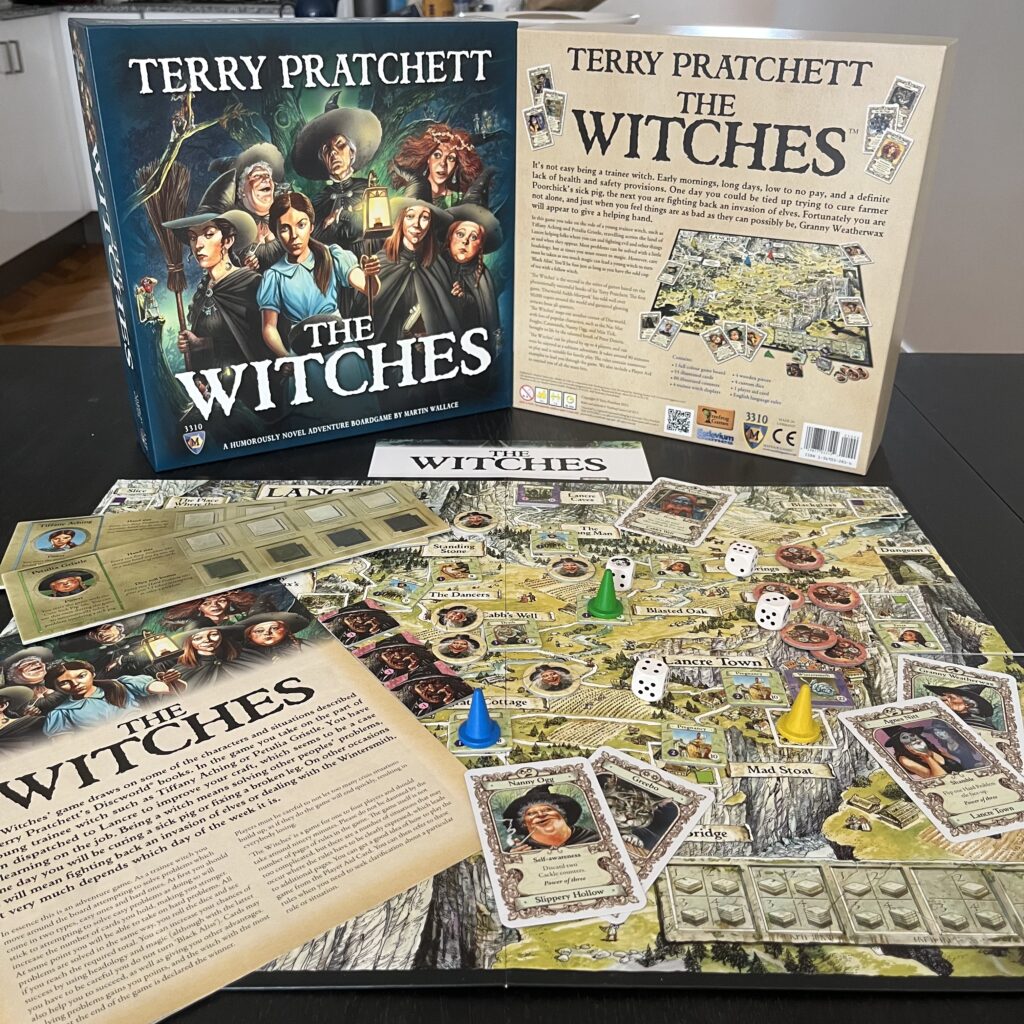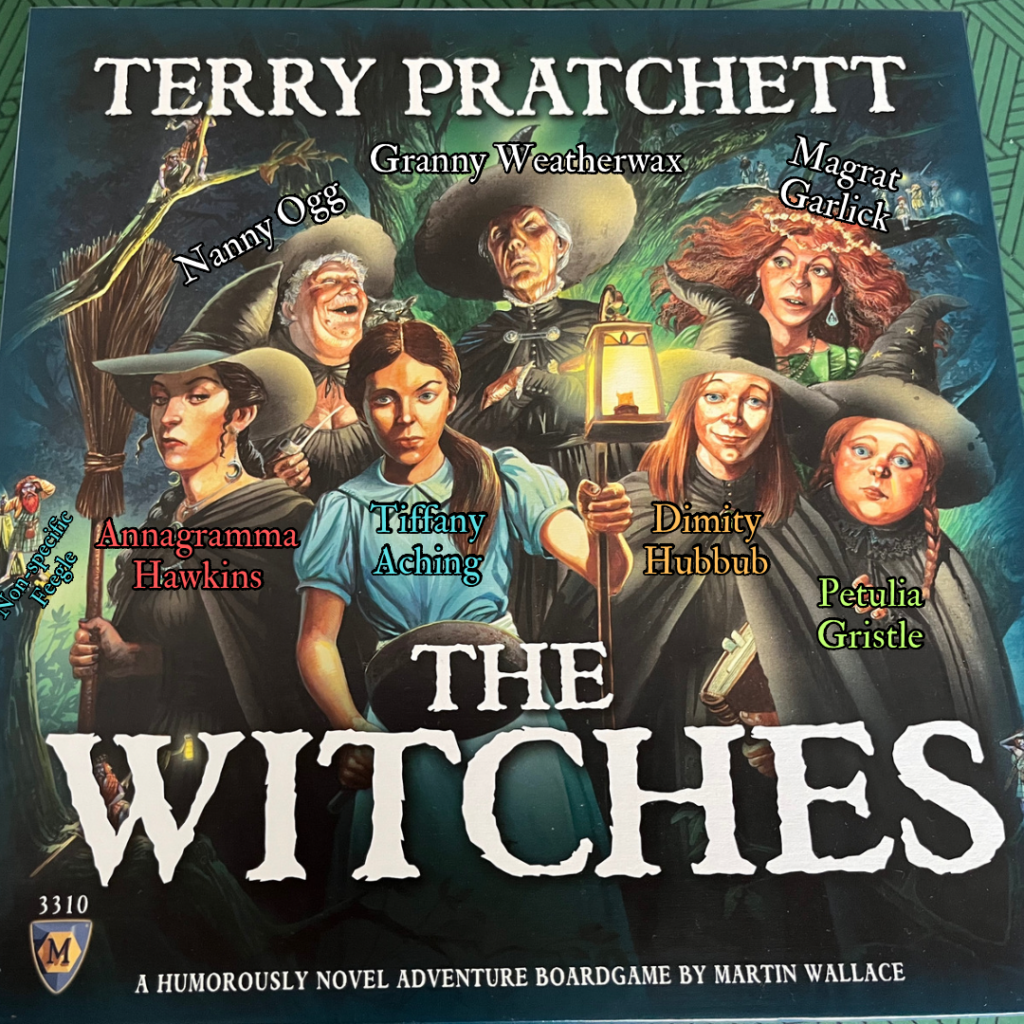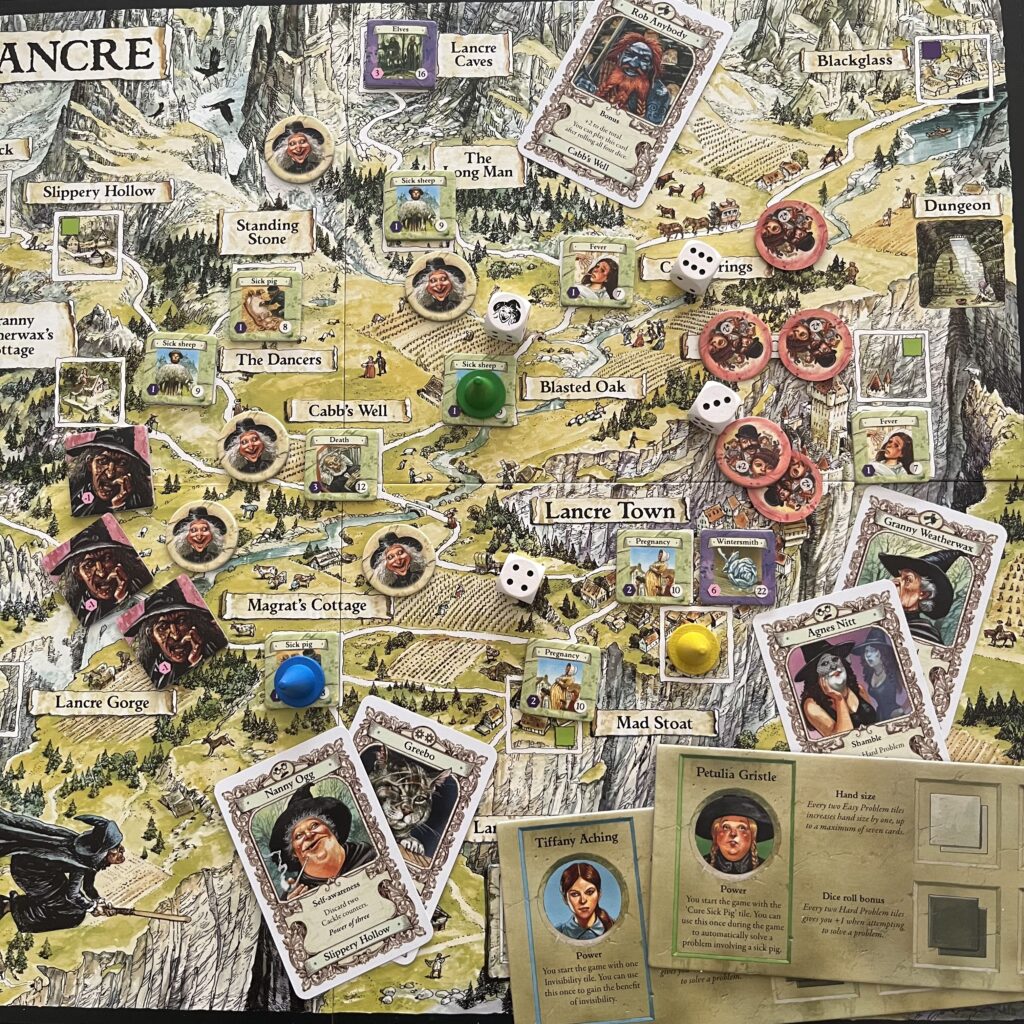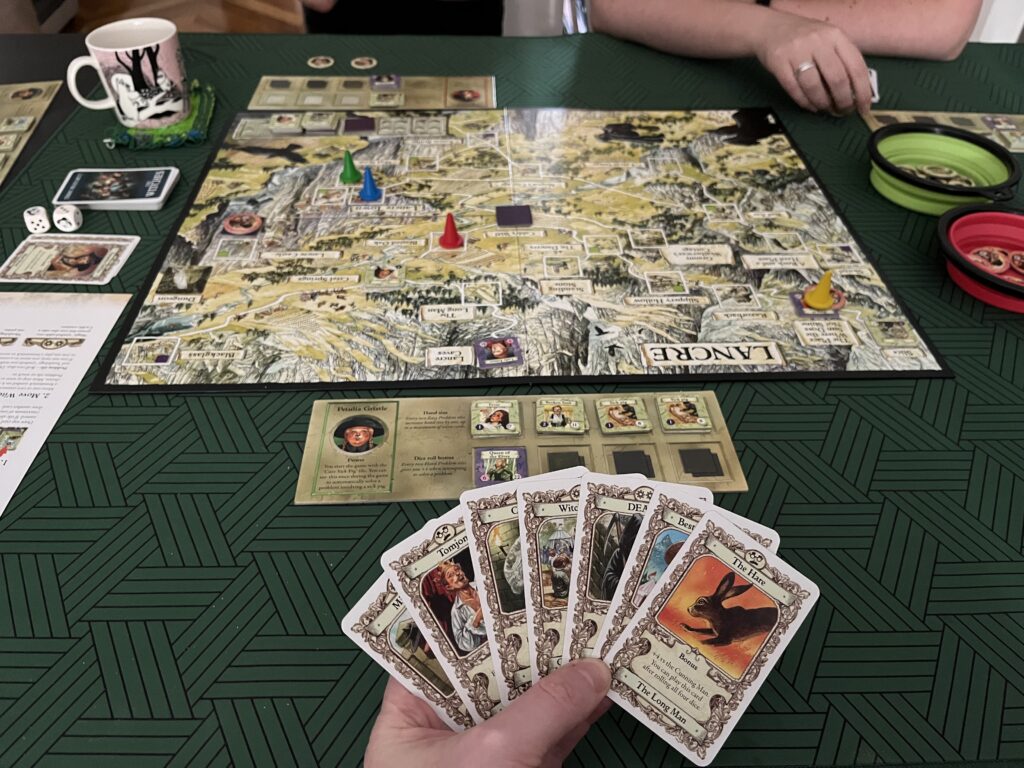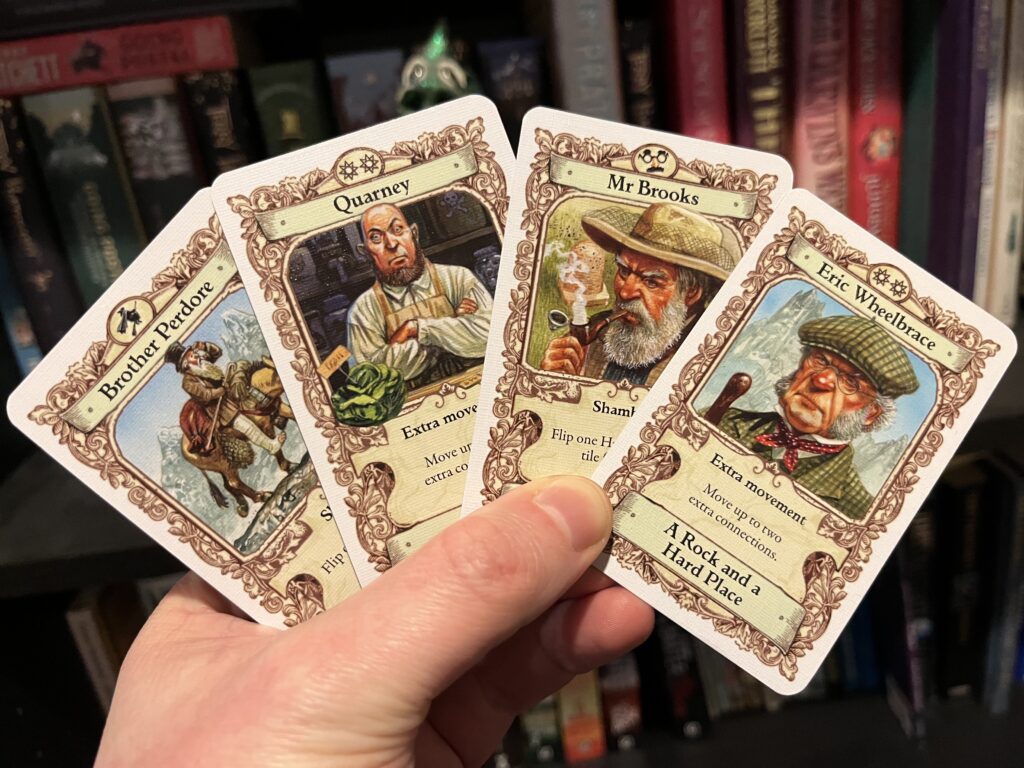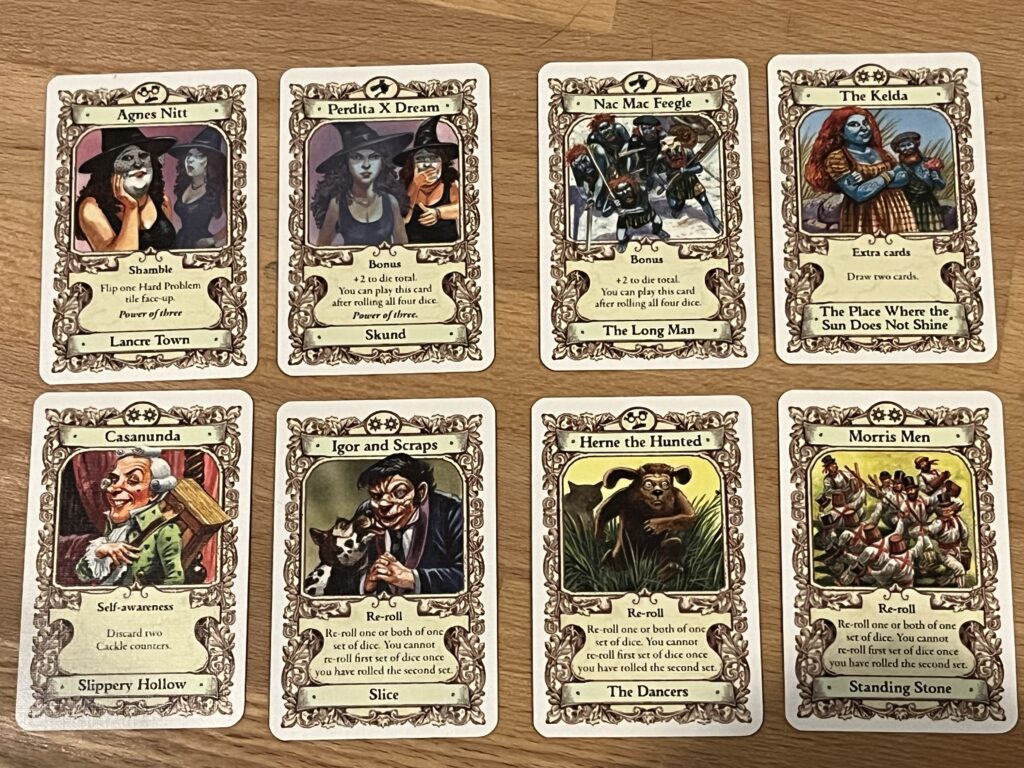#Pratchat10 – We’re Gonna Need a Bigger Broomstick
For our tenth episode it’s back to the Discworld – and Ankh-Morpork – as academic, writer and broadcaster Dr Dan Golding joins us for Terry Pratchett’s Moving Pictures. The tenth Discworld novel, Moving Pictures was published in Pratchett’s most prolific year: Good Omens, Eric and both sequels to Truckers also came out in 1990!
Student wizard Victor Tugelbend has been happily failing exams at Unseen University for years…but when alchemists suddenly invent “moving pictures”, Victor finds himself drawn to Holy Wood, the mysterious coastal home of this new entertainment industry. He’s not the only one: hopeful actors, ambitious producers and even talking animals have all been caught up in the glamour of the “clicks”. It’s not magic in the wizard sense, but there’s definitely something unnatural going on – and it’ll take Victor, fellow star Theda “Ginger” Withel, Gaspode the Wonder Dog and the faculty of Unseen University – including new Archchancellor Mustrum Ridcully – to solve the mystery of Holy Wood.
Bringing modern world concepts to the Disc had always been a feature of the series, but Moving Pictures really kicks off the tradition of “X comes to the Discworld” plots. Pratchett takes broad aim at Hollywood in a mix of homage and parody, referencing everything from the pre-talkie era to the Golden Age and 1980s blockbusters. It also features the first major roles for Detritus and Cut-Me-Own-Throat Dibbler (both introduced in Guards! Guards!), and is the first appearance of Gaspode the Wonder Dog (who returns in Men at Arms) and the stable, ongoing cast of Unseen University wizards. There’s so much happening in Moving Pictures, and we’d love to hear what you thought of it! Use the hashtag #Pratchat10 on social media to join the conversation.
Podcast: Play in new window | Download (Duration: 1:56:53 — 53.6MB)
Guest Dan Golding is an academic, writer, composer and broadcaster. His next book Star Wars After Lucas will be released on May the 4th, 2019, but you can see his ABC series What is Music? with co-host Linda Marigliano right now! Check it out on ABC iView or the triple j YouTube channel. He also co-hosts the podcast Art of the Score with Andrew Pogson and Nicholas Buc, which you can find online at artofthescore.com.au or on Twitter at @ArtoftheScore. Dan is also on Twitter at @dangolding.
You can find the full show notes and errata for this episode on our web site.
In our next episode we’ll be joined by television captioner and Discworld mega-fan Sarah Pearson as we reunite with Death for the eleventh Discworld novel, Reaper Man! If you have questions you want answered on the podcast, send them in by via social media using the hashtag #Pratchat11.
Want to help us get to the end of our six(ish) year mission and read every Pratchett book – and more? You can support us with a tip, or a subscription for as little as $2 a month, and that’s cuttin’ our own throats! See our Support Us page for details.

